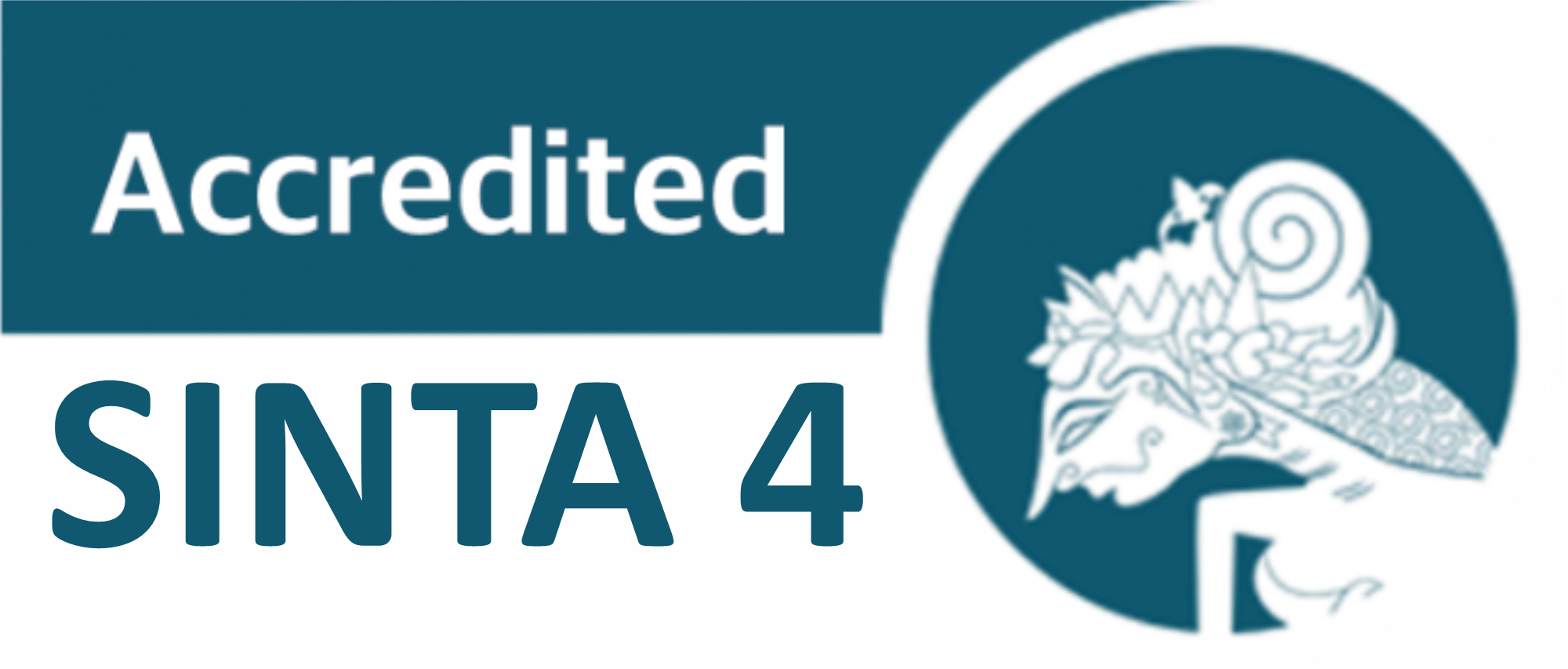Characteristics of Students’ Work as a Result of Calligraphy Art Education at Lemka Sukabumi
DOI:
https://doi.org/10.24114/gr.v14i1.64573Keywords:
Arabic Challigraphy, LEMKA Islamic Boarding School, Islamic Aesthetics, Art Education, Characteristics of WorkAbstract
This research examines the characteristics of students' calligraphy artwork at the LEMKA Arabic Calligraphy Islamic Boarding School, Sukabumi, as a result of applied art education. The gap phenomenon found is that there are differences in approaches to calligraphy art education, where some teachers adhere to traditional rules, while others open up space for exploration of contemporary styles. This causes variations in the characteristics of students' work, which have not been widely investigated in previous studies. This research fills the research gap by specifically examining how the curriculum at the LEMKA Islamic Boarding School is reflected in the students' work. Previous studies focused more on aspects of learning management and Islamic boarding school existence strategies, without exploring the relationship between education and the aesthetic characteristics of students' work. The research method used is a qualitative approach with descriptive methods. Data was collected through observation, in-depth interviews, and documentation of the students' works. The analysis technique is carried out through data reduction, data presentation, and drawing conclusions based on aesthetic patterns and Islamic values. The research results show that the work of students at the LEMKA Islamic Boarding School can be classified into four main categories: manuscript calligraphy, manuscript decoration, decoration, and contemporary. Each category reflects the integration of Islamic aesthetics and freedom of expression with variations in the use of khat, colors and decorative elements. This research proves that the characteristics of LEMKA students' calligraphy artwork are based on 2 inseparable aesthetic concepts, namely essential aesthetics and material aesthetics.References
Al-Fadhil, M. (2023). Kontestasi Kekuasaan Lembaga Kaligrafi Al-Qur’an (LEMKA) pada Profesi Kaligrafer di Indonesia. Universitas Islam Negeri Syarif Hidayatullah Jakarta.
Alhail, H. (2024). Kajian Semiotika Roland Barthes Penciptaan Kaligrafi Kontemporer Tutur Achmad Syidik Sebagai Role Model Kaligrafer Dolok Masihul. Visual Heritage: Jurnal Kreasi Seni Dan Budaya, 06(02), 157–170.
Alhail, H., Wadiyo, W., & Sinaga, S. S. (2024). Paradigma, Konsep Dan Esensi Pendidikan Seni Kaligrafi Islam. Serupa The Journal of Art Education, 13(1), 53. https://doi.org/10.24036/stjae.v13i1.126186
Alhail, H., Wadiyo, & Wibawanto, W. (2024). Study on The Scope of Management and Pentahelix Islamic Calligraphy Arts Education Sanggar Al-Baghdadi Medan. Gorga : Jurnal Seni Rupa, 13(1).
Faradila, N. D., Sabri, I., & Suryandoko, W. (2024). Application of Artsteps in Exhibitions as a Creative Learning Platform for Art Education Students. 13(2), 839–845.
Ghony, M. D., Wahyuni, S., & Almanshur, F. (2020). Analisis dan Interpretasi Data Penelitian Kualitatif (R. Trisnadewi (ed.); 1st ed.). PT Refika Aditama.
Hasibuan, Y. F. (2009). Pengaruh Pendidikan dan Latihan Kaligrafi Lembaga Kaligrafi Al-Qur’an LEMKA Terhadap Kemampuan Menulis Ayat-ayat Al-Qur’an (Studi Kasus di Pesantren LEMKA Sukabumi). UIN Syarif Hidayatullah.
Iman, T., Surbakti, P., & Fauzi, K. M. S. M. A. (2024). The Application of The Constructivist Approach in Art Education. 13(2), 625–630.
Khairiah, U. (2020). Model Pembelajaran Kaligrafi dalam Upaya Meningkatkan Kemampuan Menulis Kaligrafi Al-Qur’an Pesantren LEMKA Sukabumi. Universitas Islam Negeri Syarif Hidayatullah Jakarta.
Moleong, L. J. (2018). Metodologi Penelitian Kualitatif. Bandung: PT Remaja Rosdakarya.
Musri, M. (2010). Kaligrafi Islam kontemporer. Tabuah, 14, 106–118.
Prasetio, K. (2015). Strategi Lembaga Kaligrafi Al-Qur’an (Lemka) dalam Mempertahankan Eksistensi Seni Kaligrafi Islam Sebagai Media Dakwah. Repository.Uinjkt.Ac.Id. http://repository.uinjkt.ac.id/dspace/handle/123456789/28711%0Ahttp://repository.uinjkt.ac.id/dspace/bitstream/123456789/28711/1/KURNIAWAN PRASETIO-FDIKOM.pdf
Rasdiyanah. (2021). Analisis Manajemen Pembelajaran Seni Kaligrafi di Pesantren Lembaga Kaligrafi Al-Qur’an Sukabumi Jawa Barat. In Industry and Higher Education (Vol. 3, Issue 1). http://journal.unilak.ac.id/index.php/JIEB/article/view/3845%0Ahttp://dspace.uc.ac.id/handle/123456789/1288
Rohidi, T. R. (2011). Metodologi Penelitian Seni. Semarang: Cipta Prima Nusantara.
Sirojuddin, D. (2014). Perkembangan Peta Kaligrafi di Indonesia. Jurnal Al-Turas, 219–232.
Downloads
Published
How to Cite
Issue
Section
License
Copyright (c) 2025 Hadi Alhail, Eko Sugiarto, Syakir

This work is licensed under a Creative Commons Attribution-ShareAlike 4.0 International License.
Copyright
Authors published in this journal agree to the following terms:
- The copyright of each article is retained by the author (s).
- The author grants the journal the first publication rights with the work simultaneously licensed under the Creative Commons Attribution License, allowing others to share the work with an acknowledgment of authorship and the initial publication in this journal.
- Authors may enter into separate additional contractual agreements for the non-exclusive distribution of published journal versions of the work (for example, posting them to institutional repositories or publishing them in a book), with acknowledgment of their initial publication in this journal.
- Authors are permitted and encouraged to post their work online (For example in the Institutional Repository or on their website) before and during the submission process, as this can lead to productive exchanges, as well as earlier and larger citations of published work.
- Articles and all related material published are distributed under a Creative Commons Attribution-ShareAlike 4.0 International License.
License
Gorga : Jurnal Seni Rupa is licensed under a Creative Commons Attribution-ShareAlike 4.0 International License.










